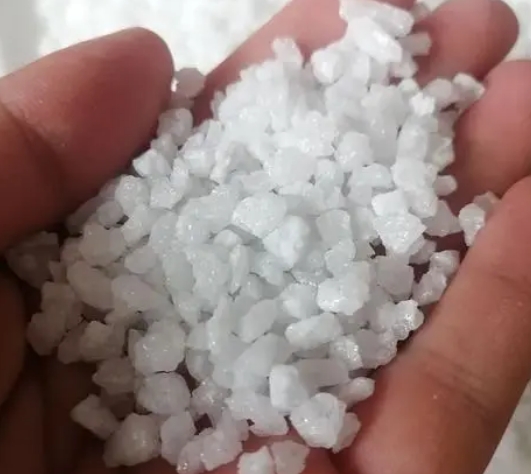- 02
- Apr
What is the difference between high temperature calcined α alumina powder and white corundum
What is the difference between high temperature calcined α alumina powder and white corundum
High-temperature calcined α alumina micropowder and white corundum are both processed from industrial-grade alumina powder as raw materials, but the processing technology is different, and the finished product also has certain differences. High-temperature calcined α alumina powder is processed by tunnel kiln or rotary kiln at 1300-1400°C. It has high temperature resistance and wear resistance, so it is mostly used in refractory materials and ceramic industries. White corundum is made by smelting at a high temperature above 2000 degrees in an electric arc and then cooled. It is crushed and shaped, magnetically separated to remove iron, and sieved into a variety of particle sizes. Because white corundum has dense crystals, high hardness, and sharp corners, it is suitable for manufacturing ceramics. , Die abrasives, polishing, sandblasting, precision casting, etc. It can also be used to manufacture high-grade refractory materials. It is a very important abrasive.
The high-temperature calcined α-alumina micropowder is relatively less difficult to process, and the processing cost is also low, so it is widely used in the refractory and ceramic industries. Reduce production costs while meeting customer needs.
In addition, the finely produced high-grade calcined alumina powder can also be used in electronic vacuum envelopes, spark plugs and other electronic ceramics, sealing rings, wear-resistant ceramics such as textile machinery, alumina crucibles, porcelain tubes and other high-temperature materials, high-frequency insulating ceramics, LCD substrates Glass etc.

